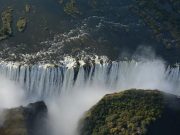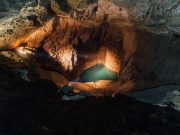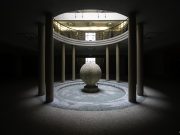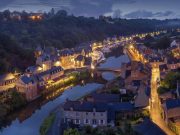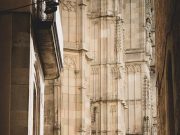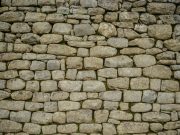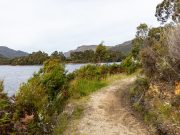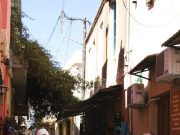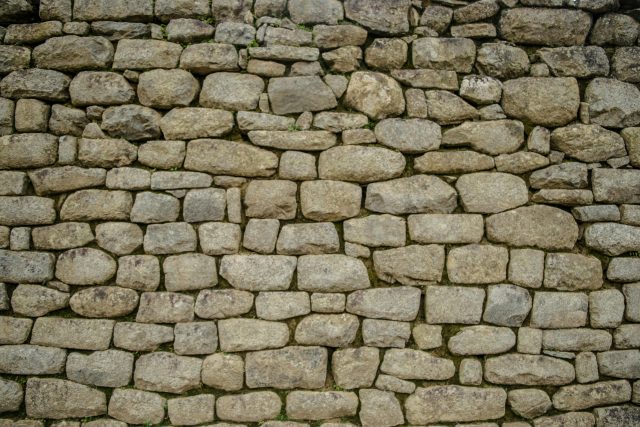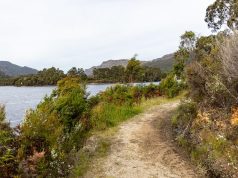Nestled amidst the towering peaks of the Andes and woven into the rich tapestry of South America’s history lies the enigmatic and awe-inspiring Peru“>Inca Empire. Stretching across a vast expanse of what is now Peru, this ancient civilization has captivated the imaginations of historians, archaeologists, and adventurers alike. From the intricate stonework of Machu Picchu to the sprawling networks of roads that once connected its cities, the Inca Empire offers a glimpse into a world where engineering prowess and cultural sophistication flourished. This article embarks on a journey through time, unraveling the mysteries and marvels of the Incas, exploring their origins, achievements, and the enduring legacy they left behind. Join us as we delve into the heart of Peru, where the echoes of an empire long past continue to whisper stories of innovation, resilience, and wonder.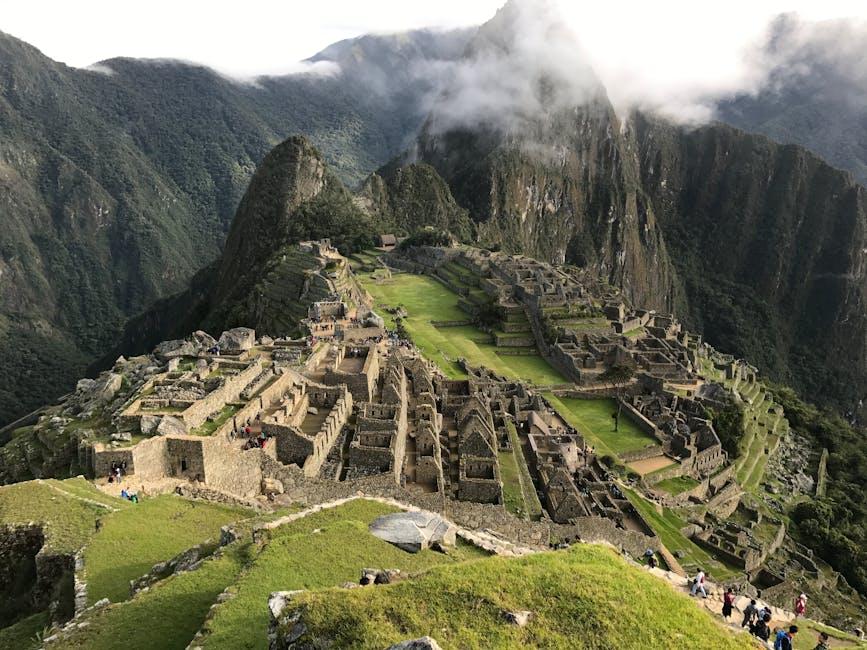
Rise of a Civilization Unveiling the Incas Beginnings
The Inca Empire, a formidable civilization that once stretched across vast swathes of South America, finds its roots nestled in the rugged Andean highlands of Peru. Emerging in the early 13th century, the Incas ingeniously transformed their environment into a thriving hub of culture and innovation. This ancient society, known for its sophisticated agricultural techniques, intricate stonework, and vast network of roads, began as a small tribe in the Cuzco region. Over time, through strategic alliances and military conquests, they expanded their territory to encompass modern-day Peru, Ecuador, Bolivia, and parts of Chile and Argentina.
Key elements that marked the inception of the Inca civilization include:
- Social Organization: A hierarchical structure with the Sapa Inca at the top, considered both a political leader and a divine figure.
- Ingenious Agriculture: Terracing and irrigation systems that allowed cultivation on steep mountain slopes.
- Architectural Mastery: Construction of enduring structures like Machu Picchu, showcasing precision in stone masonry.
- Road Network: An extensive system of roads that facilitated communication and trade across the empire.
These foundational elements not only ensured the Incas’ dominance but also laid the groundwork for a civilization that would captivate the imagination of historians and travelers alike for centuries.
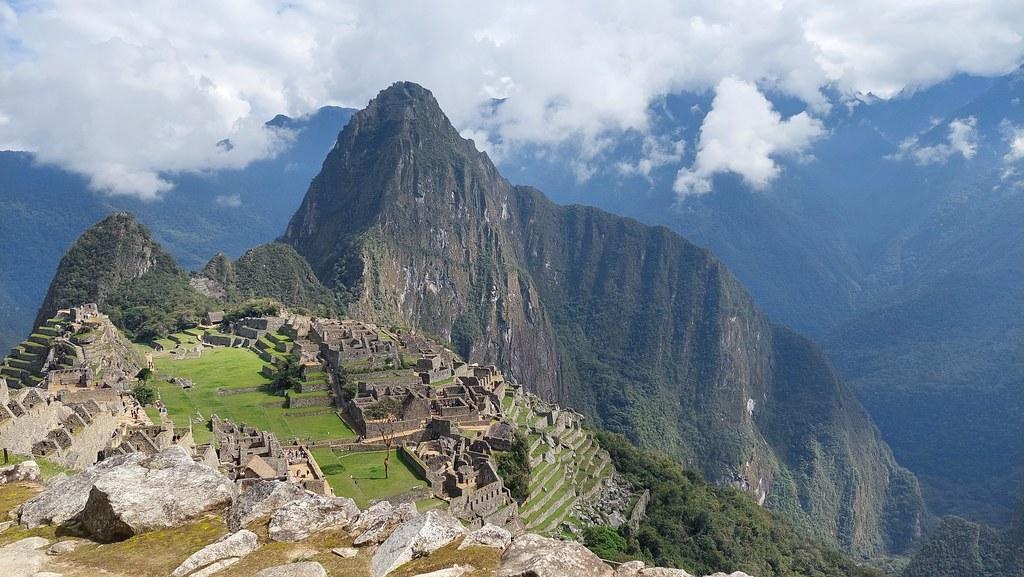
Architectural Marvels Discovering the Sacred Structures of Machu Picchu
The mystical allure of Machu Picchu lies not only in its breathtaking location amidst the Andean mountains but also in its ingenious architectural design that reflects the sacred beliefs of the Inca civilization. This ancient citadel, perched atop a ridge, was meticulously constructed using a sophisticated understanding of astronomy and a deep reverence for the natural landscape. The structures are a testament to the Inca’s architectural prowess, with their ability to seamlessly integrate stone and nature, creating a harmony that echoes the spiritual significance of their culture.
- Intihuatana Stone: This ritual stone is thought to have been an astronomical clock or calendar, showcasing the Inca’s advanced understanding of celestial patterns.
- Temple of the Sun: An extraordinary example of their stonework, this temple features perfectly carved walls that align with the sun’s rays during solstices, emphasizing the Inca’s solar worship.
- Room of the Three Windows: A fascinating structure with three trapezoidal windows that are believed to symbolize the three realms of Inca mythology.
These sacred structures offer a glimpse into the spiritual and practical lives of the Incas, where each stone was placed with precision and purpose, embodying their connection to both the heavens and the earth. The layout and construction of Machu Picchu reveal a culture deeply intertwined with its environment, creating a sanctuary that continues to inspire awe and wonder.
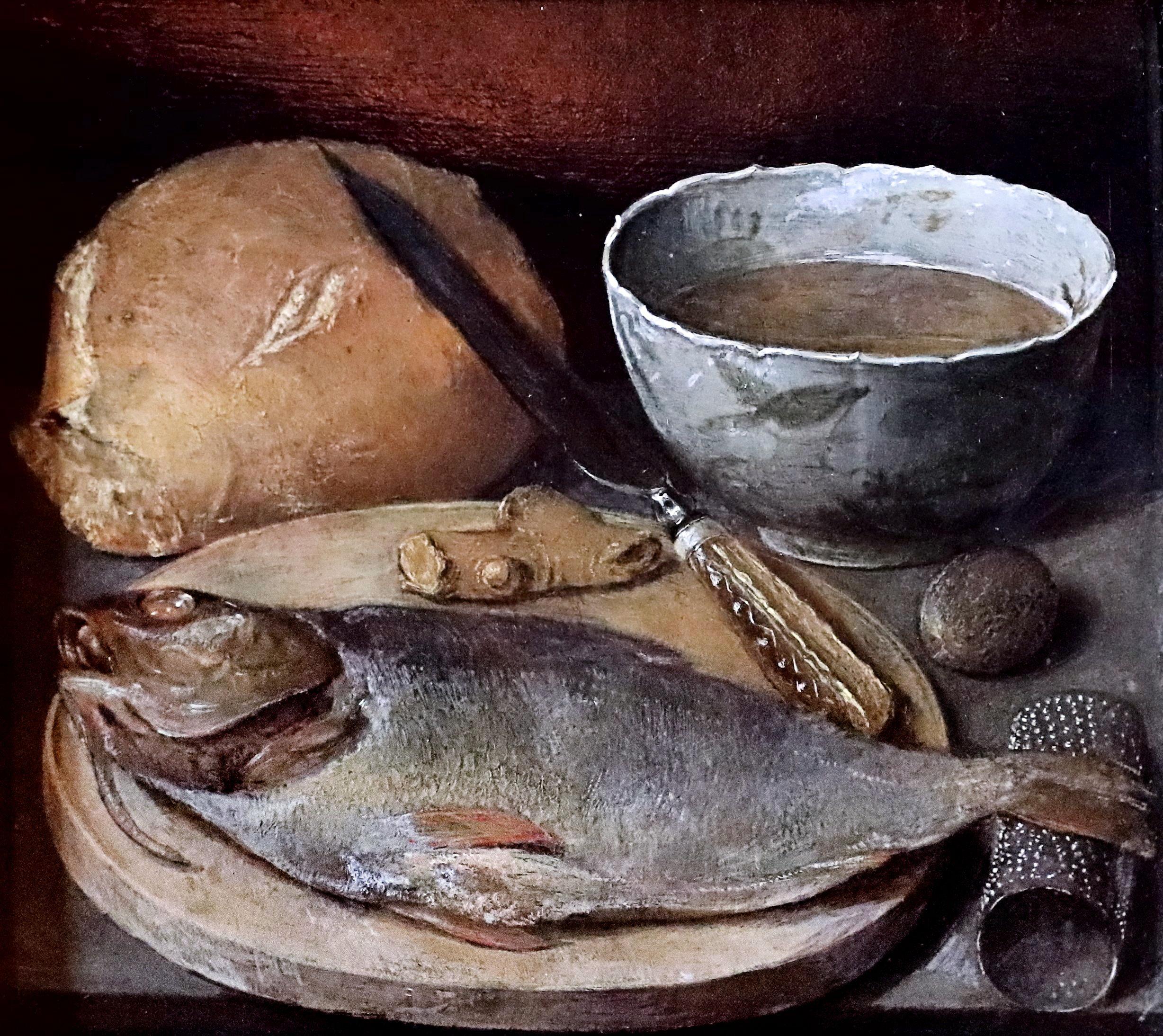
Inca Society and Culture Insights into Daily Life and Spiritual Beliefs
Delving into the heart of the Inca Empire reveals a society deeply interwoven with its spiritual beliefs and daily practices. At the core of their existence, the Incas revered a pantheon of deities, with Inti, the sun god, occupying the highest echelon. This reverence for the sun was not merely symbolic; it permeated every facet of Inca life, from agricultural practices to architectural designs. The Incas constructed temples, such as the renowned Coricancha in Cusco, with gold-plated walls that glimmered in the sunlight, symbolizing their devotion to Inti.
The Inca society was structured around a sophisticated network of kinship groups known as ayllus, which formed the backbone of their social organization. Daily life was communal, with families working together in agriculture, crafting, and other essential tasks. This cooperative lifestyle extended to spiritual rituals, which were often community-centered and involved offerings to the gods to ensure prosperity and protection. Some unique aspects of their culture include:
- Quipu: An intricate system of knotted strings used for record-keeping and communication.
- Terrace farming: Ingenious agricultural techniques that allowed cultivation on steep Andean slopes.
- Festivals: Vibrant celebrations such as Inti Raymi, the Festival of the Sun, which marked the winter solstice.
Through these practices, the Incas maintained a harmonious balance between their earthly existence and the divine, crafting a legacy that continues to captivate historians and travelers alike.
Traversing the Inca Trail Recommendations for an Immersive Historical Journey
Embarking on the Inca Trail is a remarkable journey that offers a unique blend of adventure and history. To fully immerse yourself in the cultural tapestry of the Inca Empire, consider these essential tips:
- Plan Ahead: The Inca Trail is a popular destination, and permits are limited. Book your trek months in advance to secure your spot.
- Choose the Right Season: The best time to visit is during the dry season, from May to September, when the weather is more predictable and the trail is less muddy.
- Acclimatize: Give yourself a few days in Cusco to adjust to the altitude before starting the hike. This will help prevent altitude sickness and ensure a more enjoyable experience.
While on the trail, keep an eye out for the remnants of ancient Incan architecture, which offer a glimpse into the past. From the intricate stonework of Wiñay Wayna to the breathtaking vistas at the Sun Gate, each step brings you closer to understanding the ingenuity of the Inca civilization. Embrace the journey with an open heart and mind, and you’ll leave with memories that transcend the physical path.
In Conclusion
As we conclude our exploration of the Inca Empire, we find ourselves standing on the precipice of history, gazing into the echoes of a civilization that once thrived amidst the rugged landscapes of Peru. The Incas, with their intricate social structures, architectural marvels, and profound understanding of nature, have left an indelible mark on the world. Their legacy, woven into the very fabric of the Andes, continues to inspire and intrigue, inviting us to delve deeper into their mysteries. As we part ways with the past, let us carry forward the lessons and marvels of the Incas, cherishing the stories and innovations that bridge the ancient with the modern. In the heart of Peru, the spirit of the Inca endures, whispering tales of ingenuity and resilience to all who listen.


